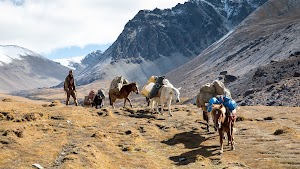Dzongs of Bhutan: The Architectural Treat
Tashichho Dzong reflects the history of Bhutan. It is located on the northern edge of Thimphu and the river Wang Chu flowing along its bank. Tashichho Dzong means ‘the fortress of the glorious religion” and is home to both religious and administrative activities. As located in the vicinity of the mountains and lakes, Tashichho Dzong is a reflection of the Buddhist culture and religion. The building has been renovated many times due to natural disasters and due to its conquer by different rulers. The building is full of white walls and wooden exteriors with detailed artistic woodwork in the interiors. The south part of the building is dedicated to the government officials and in the west; a tower has been dedicated to the Shakyamuni Buddha statue. It was also the house of the royal family of Bhutan until they shifted to Dechencholing Palace.
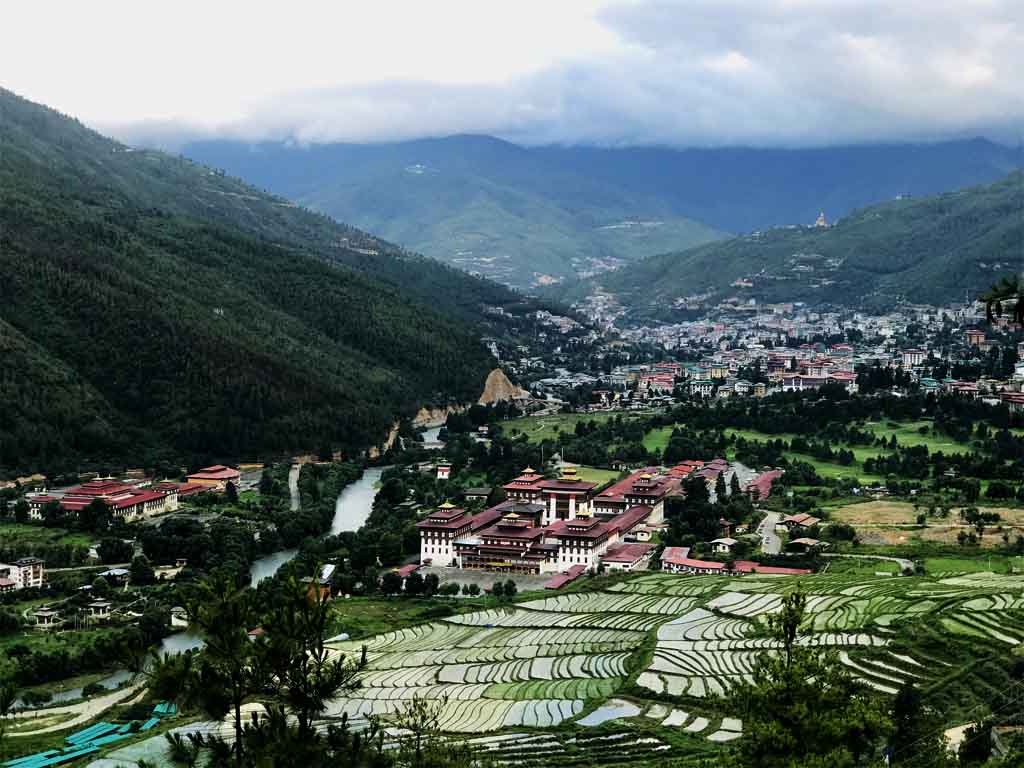
2. Paro Dzong
Paro has Bhutan’s only international airport. Paro Dzong is a structure that is jutting out from the hillside and overlooking the quiet city below and it is impossible to miss. Paro Dzong is located in the Paro district of Bhutan also known as Paro Rinpung Dzong is one of the most famous dzongs in Bhutan. Paro district is considered one of the most scenic of the country and an attraction for travelers and Buddhist scholars. It is located on the banks of the Paro Chhu river connected by a small bridge. It is one of the most eminent monasteries and teaching schools that belongs to the Drukpa ancestral lineage. Paro Dzong is known for its celebration of Paro Tshechu, the great annual festival of Bhutan. All government administrative purposes take place here.
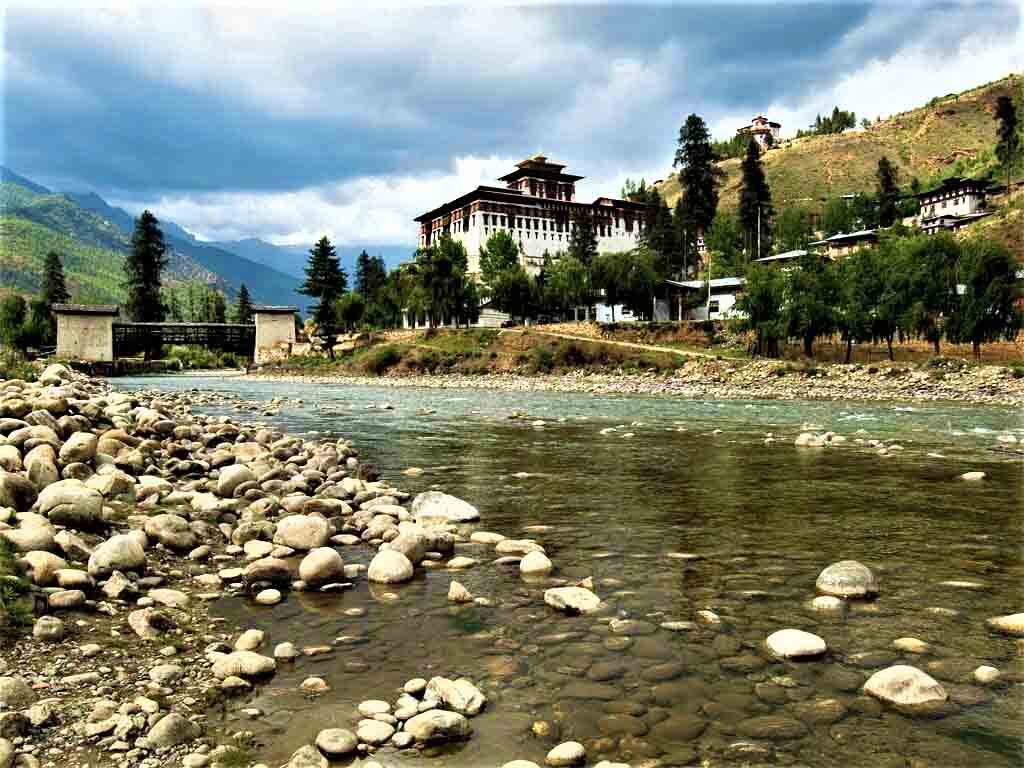
3. Punakha Dzong
Punakha Dzong is Bhutan’s most beautiful fortress and the biggest tourist attraction. It is located between the intersection of 2 major rivers male and female rivers that interprets as a symbol of the country’s unity.
Punakha Dzong is the second-largest Dzong and served as home for the central government under 1907. It is unique and has three large courtyards inside and a masterpiece of Bhutan Architecture. The central watchtower stands significantly higher due to the dzong’s low lying position. The prime attraction in the dzong is the third courtyard which is home to the main temple and the hundred pillar assembly hall. The detailed and colorful murals painted on the walls inside provide an insight into the history and beliefs of Buddhism in Bhutan.
4. Simtokha Dzong
Located on a ridge separated by deep gorges; Simtokha Dzong stands strategically overlooking Thimphu valley and at the junction of the three provinces Sha, Pa, and Wang (i.e. Wangduephodrang, Paro, and Thimphu). It is one of the oldest Dzongs/fortresses built by Zhabdrung Ngawang Namgyal in 1629 to unify the western part of Bhutan.
There are legends of malevolent forces being subdued on a huge rock at the place where the Dzong now stands. Thus, the name Simtokha has been derived from the word Simo-do-kha which literally translates as demoness on the rock.
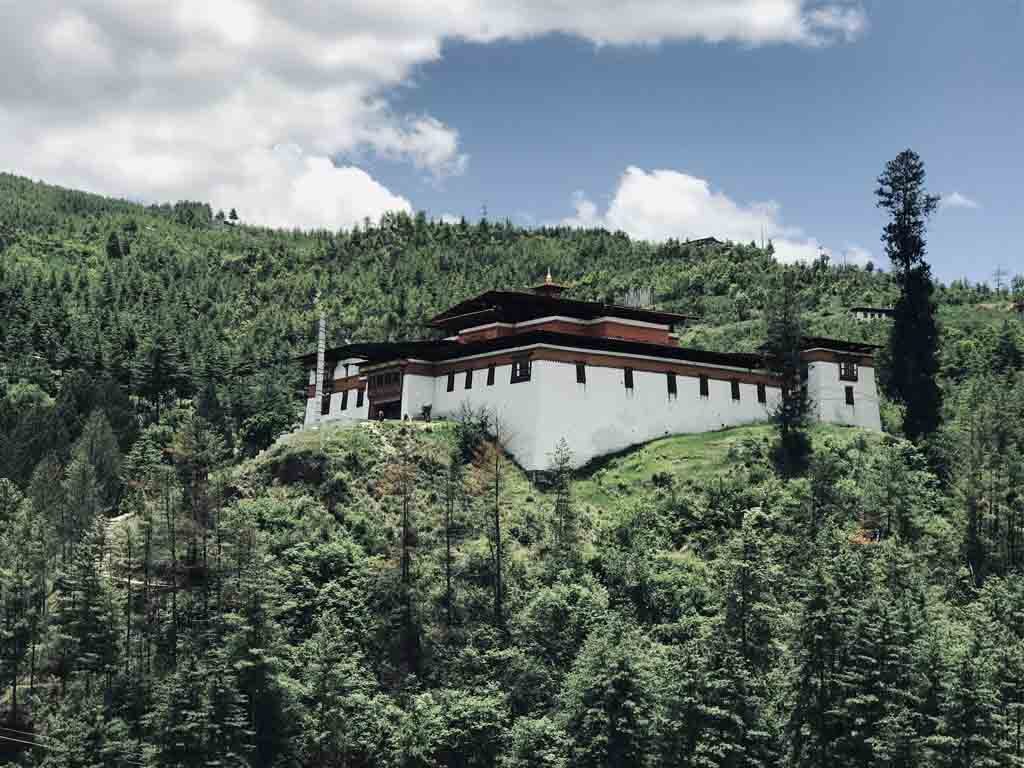
5. Trongsa Dzong
Trongsa Dzong is one the largest, enjoyable, and famous dzong in Bhutan. It is located in the Trongsa district at the deep valley of the Mangde Chhu which is one of the major rivers in Bhutan which made it ideal for administrative as well as the religious spot for the country in the olden days. It is also a monastic complex and home to as many as 200 monks living together in the complex. The white monastery complex with the surroundings of the green unfolding hills is truly a stunning scenic beauty to behold.
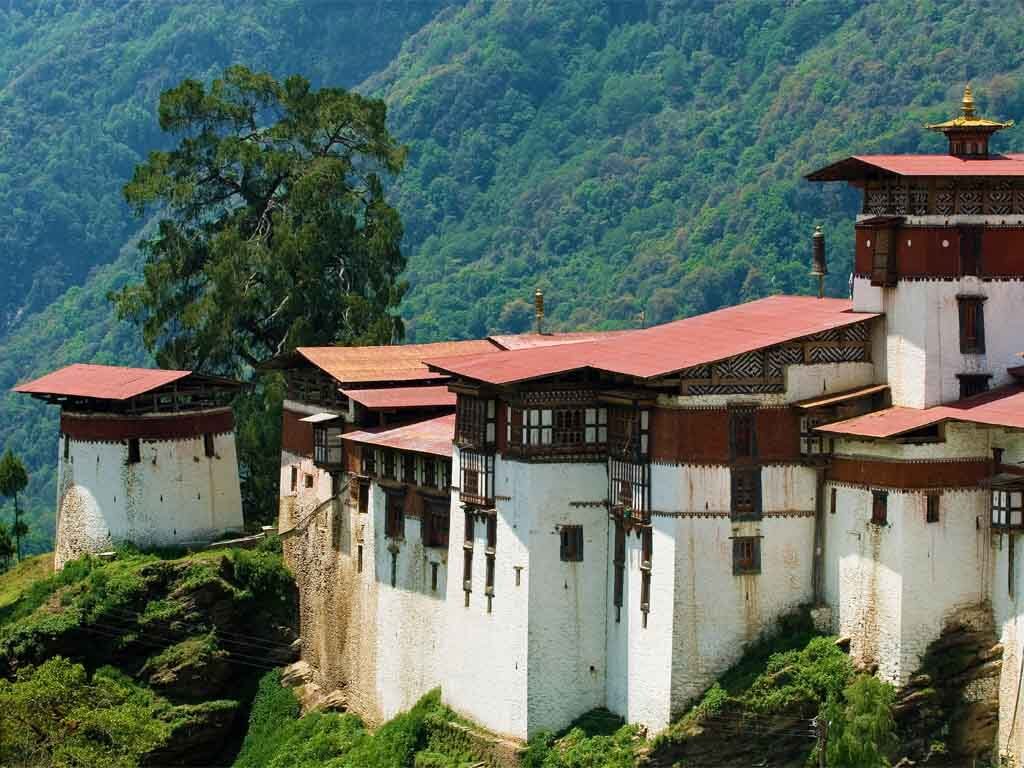
6. Lhuntse Dzong
Lhuntse Dzong is one of the prominent fortresses of Bhutan located in the Lhuntse district at the Kuri Chhu Valley with the major river Kuri Chhu flowing in the vicinity. The valley is known for its refreshing beauty of the hills and rivers and gives this dzong an important location in the country. The fortress is perched at the mountain ridge which gives it the view of the whole valley and offers the beautiful sceneries of the country.
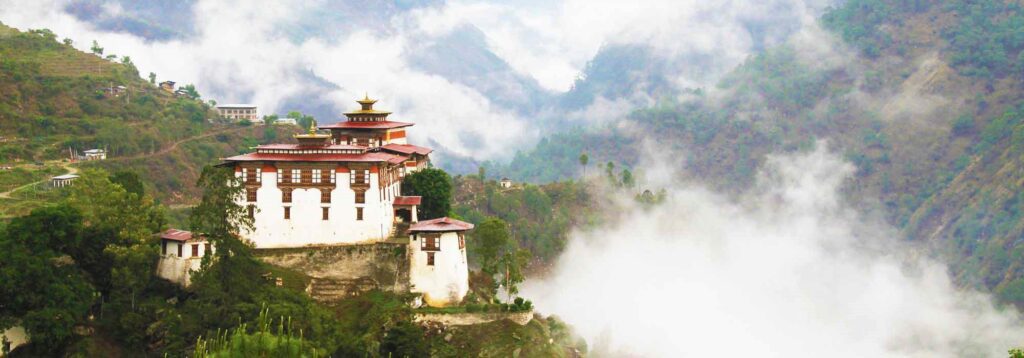
7. Jakar Dzong
Jakar Dzong is located in the Bumthang district. The valley is known for its high mountain ranges and passes. This Bhutanese dzong has played an important role in both religious and defense purposes. The strategic location of the dzong and attempts to conquer the dzong has lead to several encounters but the edifice stands strong to date.
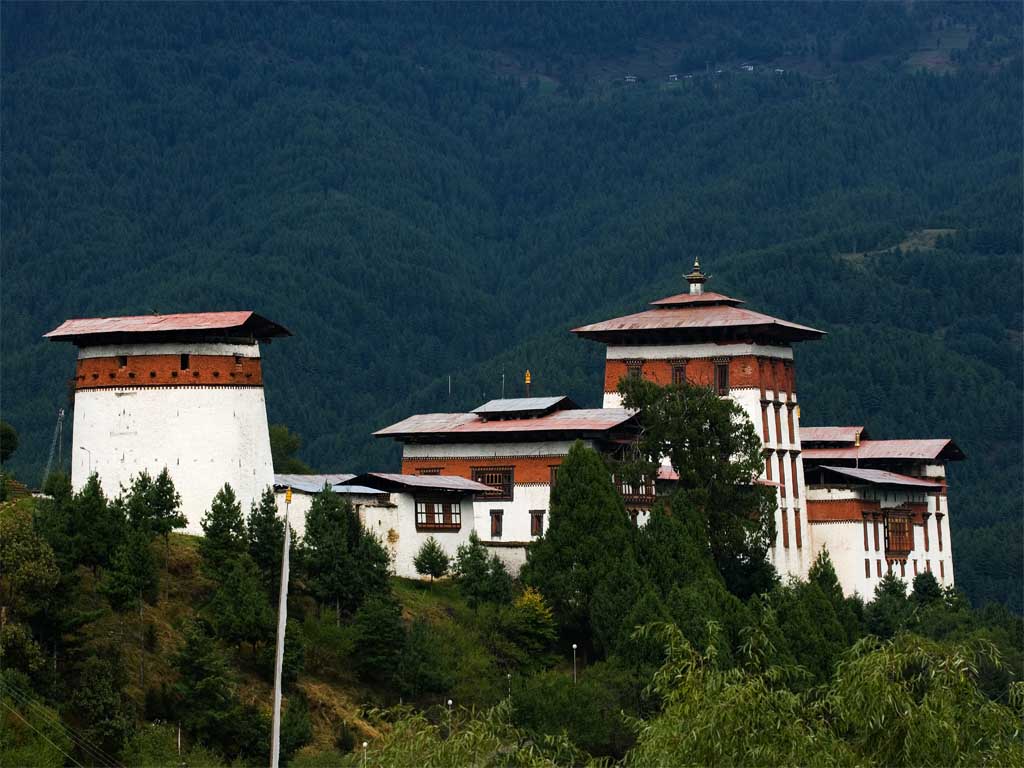
8. Gasa Dzong
It is believed that the Landscape of Gasa has the appearance of Goddess Tsheringma(The Goddess of long life) and the beautiful Gasa Dzong is supposed to be built on her chest.
The Dzong houses Saddles and accessories belonging to Zhabdrung Ngawang Namgyel. It is believed that Zhabdrung Ngawang Namgyel.It is believed that Zhabdrung in his journey to Bhutan from Tibet was accompanied by several protective deities. It is believed that six deities namely Pel-Legi Goenpo, Pel-Yeshey Goenpa or Mahakala; Pelden Lhamo or Mahakali; Pel-Tsheringma, Goddess of longevity, Gye-Nyen, and Gomo rode on the saddle, these saddled are also on display at Tashitongmon Dzong.
It is the only Fortress with three watchtowers at strategic points. The Utse or the Central tower has the shrine of the local deity ApGomo.The beauty of the Dzong comes in full during clear days with a view of Mt. Gangboom.
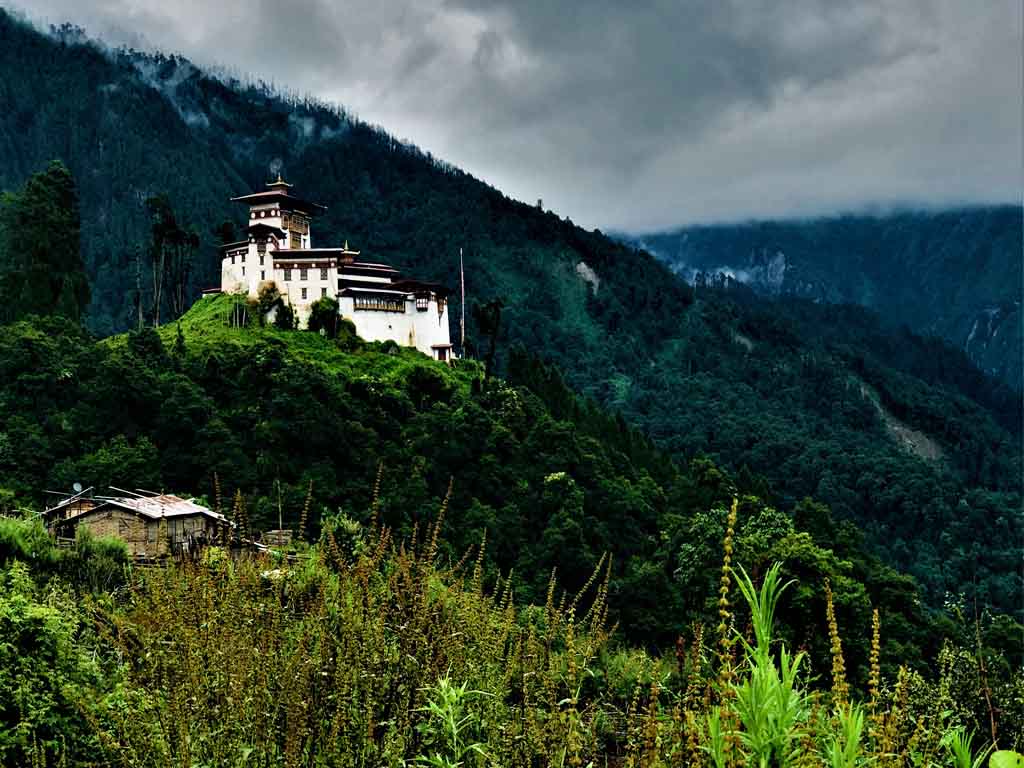
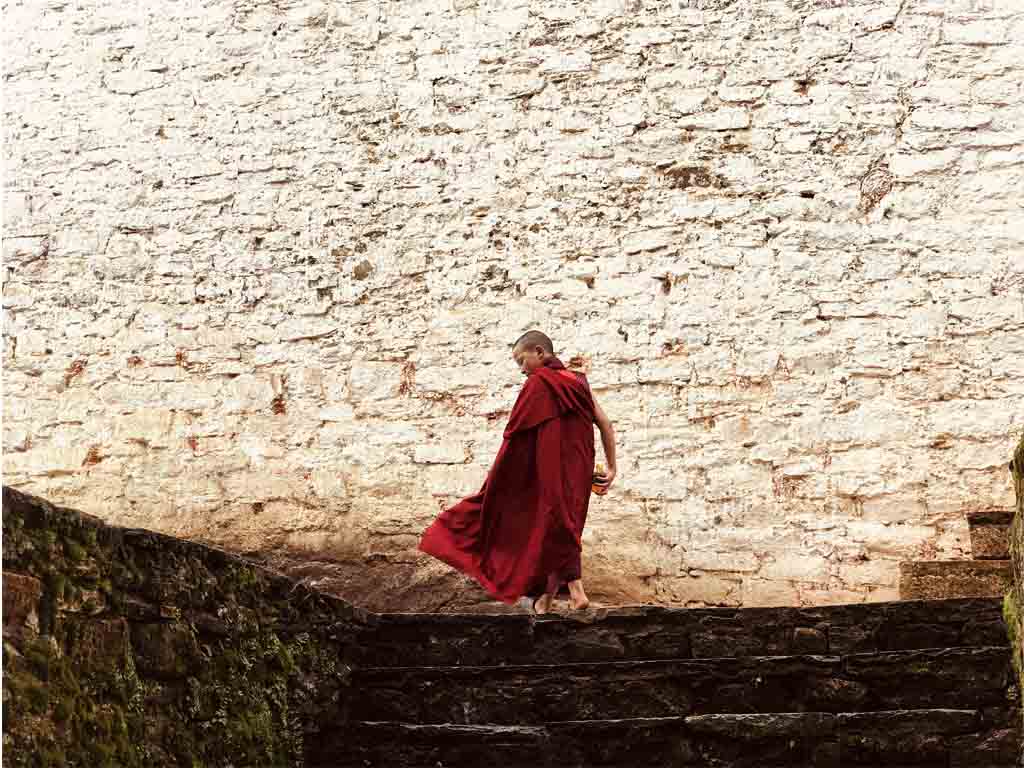
TaggedArchitecture of BhutanDzongMonuments






